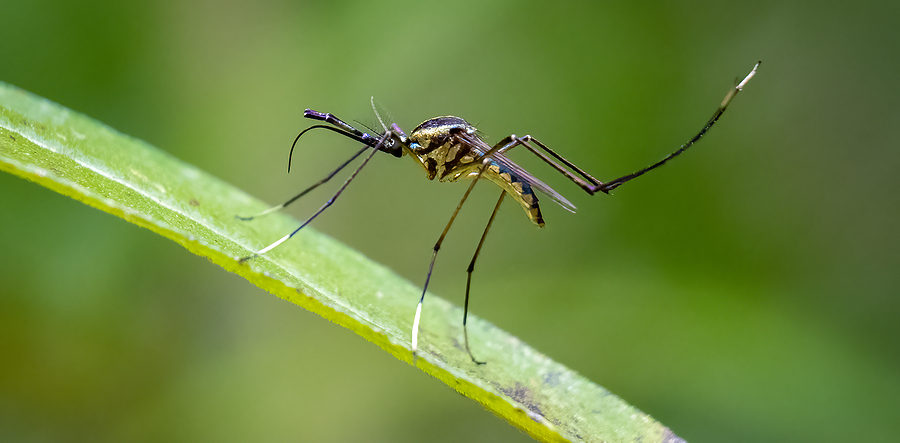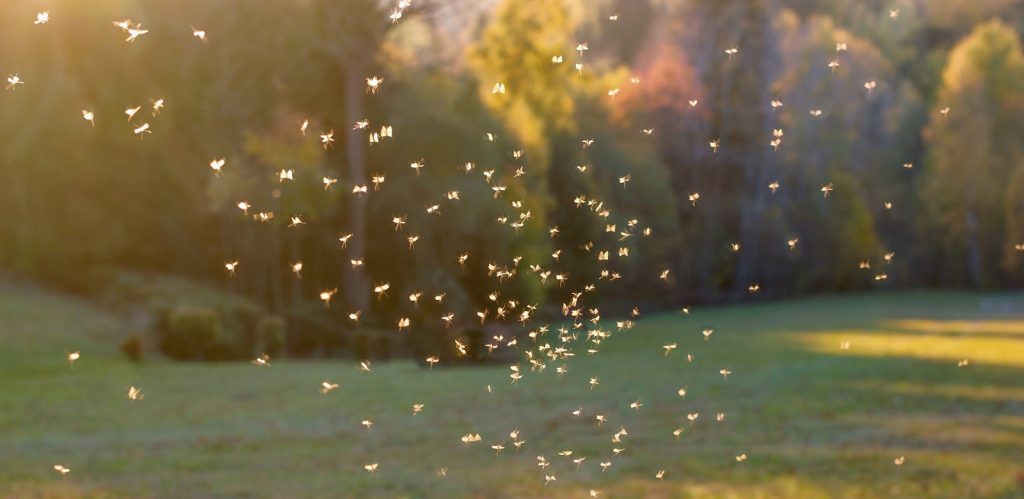Bats are divided into two suborders of Chiroptera, Megachiroptera and Microchiroptera. Each suborder has their own set of attributes, qualities, and characteristics. Megabats dine on the delicious nectar, juices, flowers, and pollen of fruit, which is why they are colloquially known as fruit bats. Whereas Microbats tend to stick with a wide range of small to medium-sized insects. Since we can probably agree that fruit is sweet and filling, most people can understand what tastes good to a fruit bat.
But what about microbats? Do insects all taste alike, or are there insects that taste better? Well luckily, researchers at both the United Kingdom’s University of Bristol and the Biodiversity Institute of Ontario Canada really wanted to know what Microbats like to eat the most. So, they decided to do a study to find out their favorite meals! Continue reading to learn what they discovered and how.

Bat Guano Studies
Over a course of four months, between May and August of 2010, researchers visited three separate roosts of Myotis lucifugus, and using non-invasive methods collected bat guano (droppings) samples. Known as little brown bats, Myotis lucifugus are a common species of microbat currently being threatened by a deadly fungal disease called White-Nose Syndrome. This fungus looks like a white powder that covers their nose and face. It disrupts hibernation, causing bats to exert their energy reserves and die.
Researchers wanted to learn about the surrounding environment, so they started by extracting the DNA of insects that were found in the bat guano samples. Then they identified the small regions where the insect DNA was extracted, and matched that data to the databases of known insect DNA. This gave them the exact species of insect that bats were eating. And here’s what they found!
Their studies implied that bats prefer to eat insects that live near bodies of water, such as rivers, creeks, streams, and ponds. From the research, they also concluded that little brown bats are “locavores”, meaning they travel only a few hundred meters from home each night to hunt for food. Also, their diet changes with the seasons, and the type of prey available to them.
Dealing With Nuisance Bats?
Bats, although fascinating to learn about, can also be a pest to many property owners. They can enter homes and buildings, build nests, create huge unsanitary messes, and cause costly damages. If you are having bat problems, contact a trusted wildlife control company for non-lethal bat removal services.
Do you need to get rid of bats in or around your property? Contact us today at 317-535-4605for professional Indianapolis Indiana bat removal services you can afford. We are DNR licensed and insured, and serve both residential and commercial clients. Request a free estimate or advice, anytime.
You Might Also Like:
Learn How Bats Navigate the Dark
3 Smells That Can Repel Nuisance Bats
Why are Bats Dangerous?


